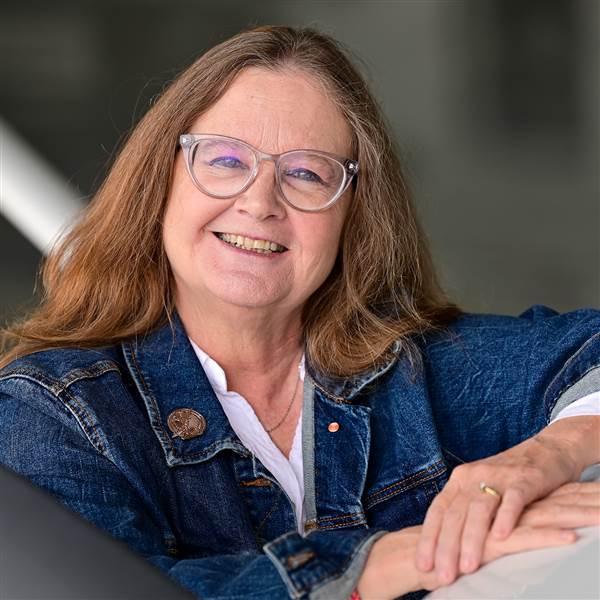Around the Patch: Your first trainer

[email protected]
That first training airplane is the one that opens all the doors for you—the one that shows you what you’re capable of doing as a pilot.
If you’re in the throes of primary training, you may quite possibly be sick of yanking and banking that Cessna Skyhawk or Piper Archer. One day, though, you’ll be nostalgic for the days when you were bumping around the pattern trying to nail a perfect landing.
When I started training, the local flight school had the standard Cessna 172s and Piper PA–28-180s, but it also had two Socata TB9 Tampicos—low-wing, 160-horsepower, four-seat trainers. We called them “Slow-Picos,” but they were stable and easy to fly. And they had cool gull-wing doors on both sides. All the Socata single-engine piston airplanes looked like sports cars—like something John DeLorean would have designed if he’d been an aeronautical engineer. They looked fast, even if they weren’t.
One day, you’ll be nostalgic for the days when you were bumping around the pattern. The TB9s were manufactured in Tarbes, France (that’s what the “TB” refers to), and they were said to be more ergonomic than Cessna or Piper trainers. I’d flown nothing else, so I had no frame of reference. The TB9’s fuel placards on the wings were in French as well as English, and the pilot’s operating handbook was written in the formal parlance of someone for whom English is a second language.
I got my private pilot certificate in a TB9 and continued to fly them until 2005. I probably have 300 hours in the TB9, and around 10 hours in its retractable-gear big sister, the TB20. Socata ceased production of its piston single-engine line, but continues to support the thousands that are still flying around the world. Operating now as Daher, the company produces the sleek TBM 910 and 930 turboprop aircraft. The TBM is one of many airplanes on my “if I won the lottery” wish list.
After the Socatas went away, the flight school replaced them with more-expensive-to-rent glass-cockpit Cessnas. I decided to stick with low wings, transitioning to the flight school’s Piper Archer before purchasing my Piper Cherokee 140 in 2010.
A few years ago, I got the chance to climb back into the left seat of N28216, a TB9 that I had flown quite a bit in primary training. At the time, it was still based here at Frederick Municipal Airport in Maryland. The flight school’s other TB9, N5557J, has since relocated to Texas.
Sitting in 28216’s left seat was both alien and familiar, all at once. During takeoff, I was a little heavy-handed and got a blip of the stall horn. The power-off stall was as gentle as I remembered; the power-on stall every bit as jaw-clenching. (The airplane doesn’t want to stall, and you seem to hang vertically for long moments until the break finally happens.) Coming back into the pattern, I again reverted to the good old days and was too high on the final approach. I wondered if I’d thump it on to make my trip down memory lane complete, but thankfully I did not.
That flight triggered a lot of memories. My checkride in 2001, and my first flight with passengers a couple days later. A 2003 flight to Ocean City, Maryland, that was also my first trip through the Baltimore-Washington Air Defense Identification Zone that went up after the terrorist attacks of 2001. (The ADIZ is now a Special Flight Rules Area.) A 2004 flight to Crisfield, Maryland, for a seafood lunch. All these trips, plus a hundred or so more routine ones, took place in a TB9.
The little gull-winged airplane started me on a wonderful journey. So, treat your trainer kindly. You’re gonna miss it when it’s gone.



